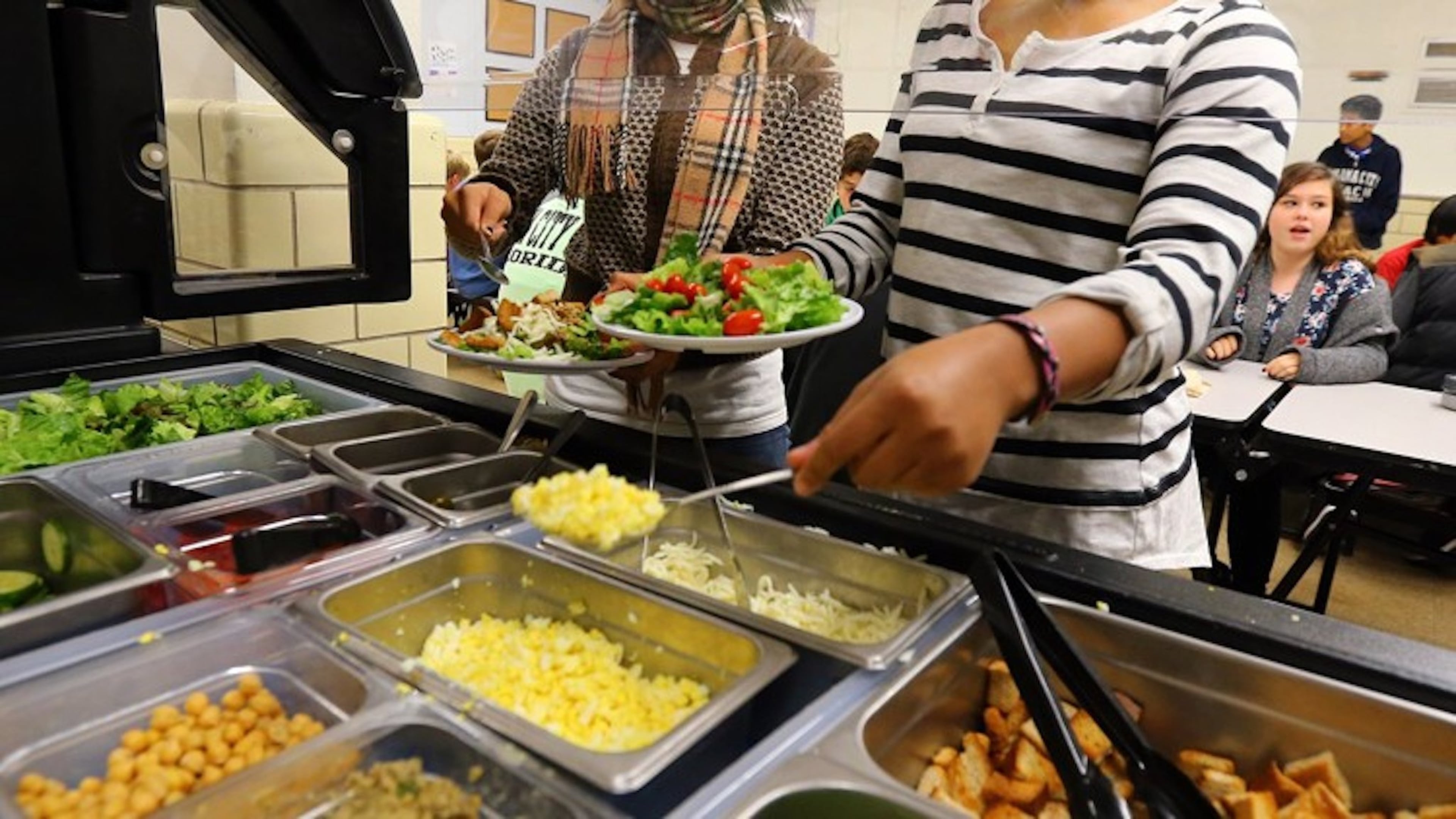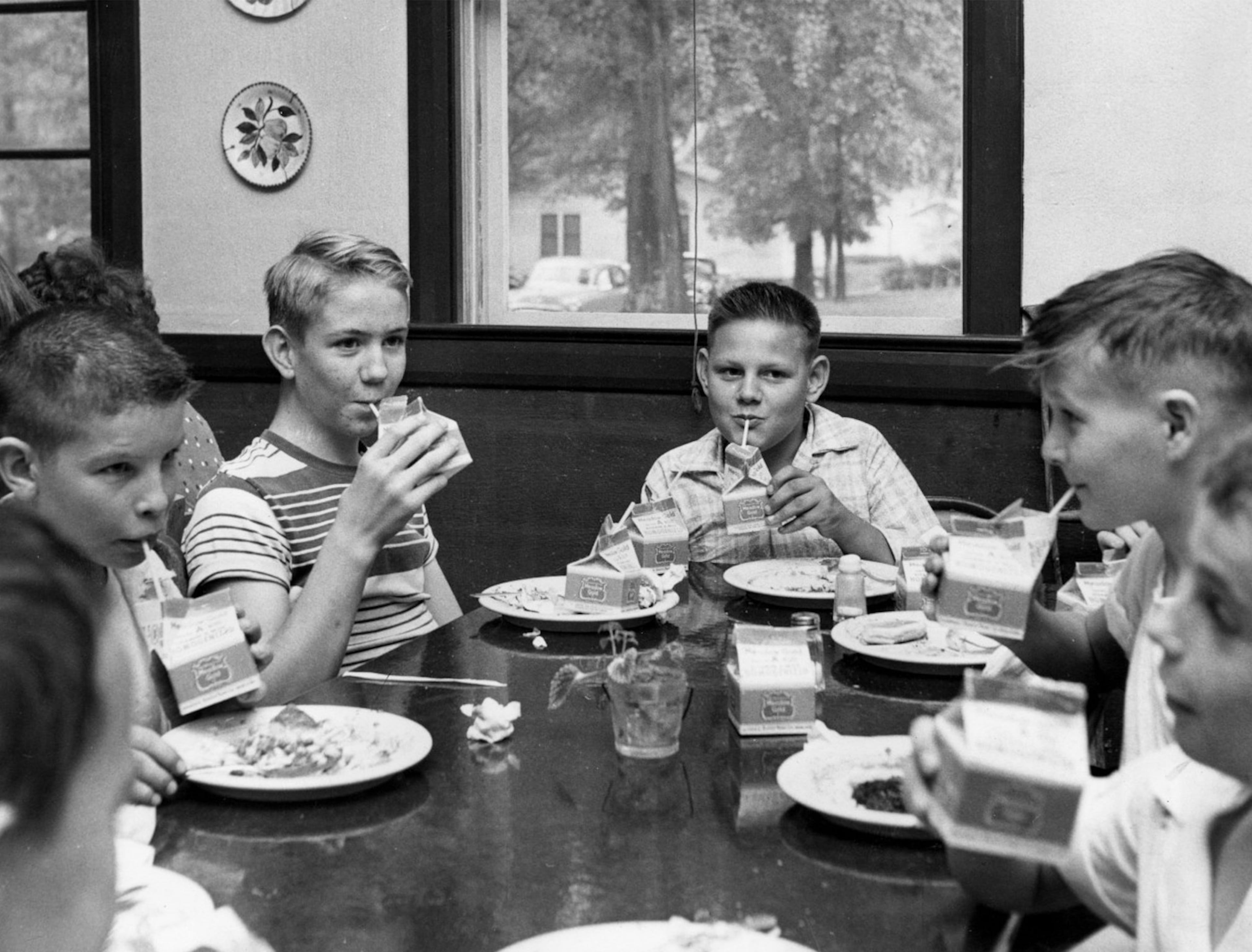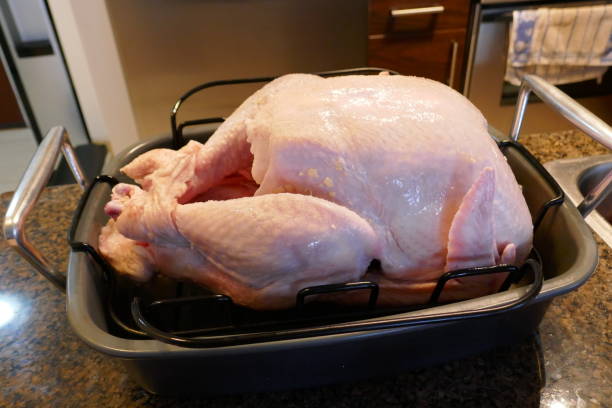Remember those great school lunches of old? Neither do I

As area schools crank back up, so do school cafeterias — the subject of quite a bit of discussion lately.
Former first lady Michelle Obama wanted kids to eat healthy school lunches. Secretary of Agriculture Sonny Perdue recently relaxed some of the rules on refined grains and trans fats, believing schools should feature foods children really want to eat.
Back when I was trudging into the school lunchroom, we would have settled for just edible.
Oh, and taking the mystery out of mystery meat.
Nowadays, schoolkids have it pretty good at lunchtime. Atlanta Public Schools menus feature items such as chicken Alfredo pasta, seasoned broccoli, teriyaki chicken and a deli sandwich bar with hummus.
At the college level, students today get an amazing array of choices, both healthy and not, that are a far cry from the grim grub that led University of Georgia students in my era to refer to one of the dining halls as Revoltin’ Bolton.
A new Bolton Dining Commons opened in 2014, with a grill, salad bar, soda fountain, Asian station, pasta bar, barbecue and ribs, hot entrees and breakfast all day.
When my daughter Olivia was at UGA, I joined her for lunch at one of the UGA dining halls, marveling at the varied selections.
Plus, it was delicious.
That’s not a word we used often about school lunches in Athens in the 1960s.
» RELATED: Hold the flavor — Georgia students eating fewer school lunches
My first memory of school lunch is the traditional hot dogs served on the first day of school each year. Oh, and fish sandwiches every Friday.
Another menu mainstay was listed as “hamburger — with bun.” (I think that allowed them to check off two food groups from USDA regulations — like classifying ketchup as a vegetable.)
The burgers were composite pressed meat and filler. We dubbed them “Gaines-burgers,” after a popular burger-shaped dog food of the time. And then there were the Sloppy Joes, which seemed to be the hamburgers crumbled up and doused with tomato sauce.
The buns were baked in the school kitchen. Contrary to the myth that something homemade just has to be better, these big doughy rolls, heavily dusted in flour, were kind of tough to choke down.

How about this hallmark of bygone school lunches: the arrival of government surplus foods. For months in the seventh grade we were served black olives, most of which were sent back uneaten. When the surplus orange juice would come in, we’d get little paper cups of room-temperature OJ.
Also in dire need of chilling were the half-pint cartons of milk. My brother Tim recalls that even the chocolate milk was never cold enough.
The one advantage of milk in cartons was it gave you a place to hide some of the things you couldn’t palm off on another kid in an attempt to present a clean plate, which earned you “seconds” — a much desired piece of buttered toast. There wasn’t much they could do to mess that up. And when they topped it with a slightly melted slice of processed American, they had a real winner in “cheese toast.”
Occasionally, the menu would have an exotic-sounding item such as Swedish meatballs (which, like the olives, went largely uneaten, thanks to their rubbery consistency).
Then there was the mystery item: meatloaf. I wasn’t sure what went into it, but I knew the grayish square covered in similar-looking sauce wasn’t something I wanted to put in my mouth.
For salad, we might get a piece of iceberg lettuce topped with pineapple chunks, a bright red cherry and a dollop of mayonnaise.
As for cornbread, it was a big, yellow, spongy square, served cold, with margarine fished out of icy water sitting on top of it. Try spreading that without the cornbread breaking into a million pieces.
Generally, though, bread products were the most appetizing things served, with the fluffy dinner rolls a favorite — even served hot enough to melt the tab of margarine! And, as an occasional dessert, they’d use the same dough to fashion sweet, sticky cinnamon rolls. Another popular dessert was a vanilla cake square with thin white icing.

One of the more filling options was the sturdy pizza, cut into square pieces with inch-thick crust.
You might have expected a Georgia school kitchen to excel at fried chicken, but the greasy, battered bird we were served had a strange smell (like rancid lard). You couldn’t get that smell off your fingers for days, no matter how many times you washed your hands.
Sometimes, they got fancy and served “Salisbury steak,” which was basically just one of the hamburgers smothered in the same gray gook that was on top of the meatloaf.
Even something as simple as a peanut butter sandwich was strange, with honey or mashed prunes mixed in with the peanut butter to make it go further.
Some dishes you learned to be wary of, including anything fashioned from leftover turkey. One year in high school, some turkey dish served the Monday after Thanksgiving resulted in a large portion of the student body missing school the next day.
It wasn’t just our school system, either. My wife Leslie’s school lunch memories include “slimy, gelatinous slabs of cheese” and “real big, mushy butterbeans complete with pink sprouts growing out of them.” Yum.
Among the other kitchen atrocities served up regularly were the metal-tasting instant mashed potatoes, and peas that resembled a scoop of green ice cream.
The spaghetti was served out of the scooper in a similar lump (more like Beefaroni), as was the very starchy rice in chicken gravy. The latter dish was, brother Tim noted, “actually edible.” To be fair, my other brother, Jonathan, remembers the rice in chicken gravy as “really good.”
Every class had the kid who actually seemed to enjoy school lunch, and Jon was one of them. As he said recently of school lunches, “I liked everything.”
Well, not quite everything. “I wasn’t fond of the green Jell-O with white topping,” he said. “It was too leathery.”
That brings up one of the most memorable dishes on the school menu — soup, which was served every two weeks and, suspiciously, seemed to contain everything that had been served to us in the preceding nine schooldays.
Once, I even found some of that tough green Jell-O in my soup!
At the end of every lunch period, we would hand our plate to a little lady who would scrape the mess into a round hole. Hence, the school legend that the soup kettle sat beneath that hole.
And to think this was in the days before recycling became the rage.
Bill King writes the Junkyard Blawg for Dawgnation.com. He can be reached at junkyardblawg@gmail.com.

